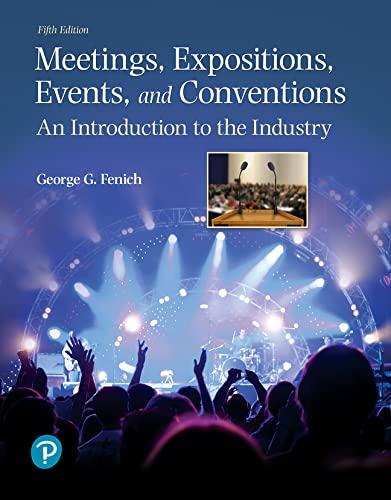3. Nick D'Aloisio developed Summly, a patented, one of a kind app that summarizes news content. Yahoo purchased the app from Nick. Yahoo estimates that the demand for the app is P = 200-Q, where P represents the price per app, and represents the number of apps purchased in a given period. Suppose also that the marginal cost and average total cost are equal at $5 regardless of the quantity of customer profiles summarized. Using this information, answer questions a through e. a. Nick spent an enormous amount of time developing the app and getting it ready to be sold publicly. Given his programing abilities, the cost of developing the app is astronomically high. How can it be that the estimated marginal and average total cost of production are so low? Be sure to articulate what costs should and should not be factored into MC and ATC. b. How many Summly apps will be bought and sold in the market? How much will consumers pay for each Summly app? I c. Is there any deadweight loss due to the market price and quantity Yahoo will charge? If so, what is it? Hint: it may help to show the monopoly v. perfect competition outcomes graphically. d. Now suppose that Google finds a way to replicate Nick's algorithm and create a rival version of the App called Clips. Suppose also that Yahoo takes Google to court for patent infringement and loses on a technicality. As a result, Yahoo will not be compensated by Google for the loss of monopoly profits and the algorithm essentially becomes available on the open market for duplication (0) Assuming that MC remains at $5 for all firms that enter what price and quantity would prevail in this new market? (ii) What profit would Summly report in this new market condition? (ili) Calculate consumer surplus under the conditions from part a versus the conditions from part c. Are consumers better or worse off compared to part a? e. When interviewed about Summly, Nick D'Aloisio spoke of his desire to continue to work on patentable technological advances throughout his lifetime. How might a weakened patent system change Nick's incentives to work on new projects? 3. Nick D'Aloisio developed Summly, a patented, one of a kind app that summarizes news content. Yahoo purchased the app from Nick. Yahoo estimates that the demand for the app is P = 200-Q, where P represents the price per app, and represents the number of apps purchased in a given period. Suppose also that the marginal cost and average total cost are equal at $5 regardless of the quantity of customer profiles summarized. Using this information, answer questions a through e. a. Nick spent an enormous amount of time developing the app and getting it ready to be sold publicly. Given his programing abilities, the cost of developing the app is astronomically high. How can it be that the estimated marginal and average total cost of production are so low? Be sure to articulate what costs should and should not be factored into MC and ATC. b. How many Summly apps will be bought and sold in the market? How much will consumers pay for each Summly app? I c. Is there any deadweight loss due to the market price and quantity Yahoo will charge? If so, what is it? Hint: it may help to show the monopoly v. perfect competition outcomes graphically. d. Now suppose that Google finds a way to replicate Nick's algorithm and create a rival version of the App called Clips. Suppose also that Yahoo takes Google to court for patent infringement and loses on a technicality. As a result, Yahoo will not be compensated by Google for the loss of monopoly profits and the algorithm essentially becomes available on the open market for duplication (0) Assuming that MC remains at $5 for all firms that enter what price and quantity would prevail in this new market? (ii) What profit would Summly report in this new market condition? (ili) Calculate consumer surplus under the conditions from part a versus the conditions from part c. Are consumers better or worse off compared to part a? e. When interviewed about Summly, Nick D'Aloisio spoke of his desire to continue to work on patentable technological advances throughout his lifetime. How might a weakened patent system change Nick's incentives to work on new projects









